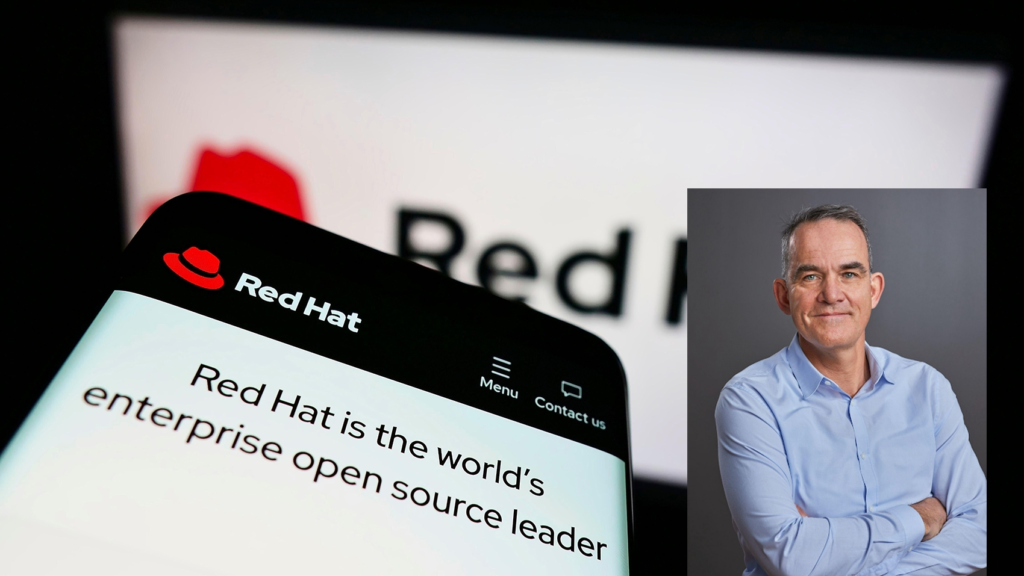Who Makes the Best Citizen Developers?
Low-code/no-code platforms have given rise to the “citizen developer” — a power user of tools such as Microsoft Excel. In other cases, this person tends to be someone who needs an immediate solution, has an idea in mind, and isn’t afraid to try something new to turn their dream into a reality. Citizen developers aren’t a threat to professional developers because they don’t understand software architecture and the hand-written code it would take to customize the app. They’re simply a less expert member of the workforce who happens to understand the context of a task, workflow or technology, and are motivated to make improvements on their own. In many cases, citizen developers aren’t left to their own devices. They’re using wizards and visual tools instead of writing lines of code. In some organizations, citizen development has been enabled by IT and developers in a way that benefits both professional and citizen developers. For example, a citizen developer might build a solution that may eventually need a professional developer’s expertise to take it to the next level. The beauty of the center of excellence approach is that professional developers can spend more time on difficult problems while citizen developers solve the simple ones. If the organization has standardized on a platform, then handoffs between citizen developers and professional developers are seamless. It is common, however, for enterprises to use more than one low-code/no-code solution. Related:How to Get a Delayed IT Project Back on Track The “best” citizen developers have some traits in common, though their roles may differ. A proactive mindset and a love of learning help. Traits of An Effective Citizen Developer Brett Smith, distinguished software developer at data and AI provider SAS, believes effective citizen developers are usually subject matter experts on the business problem and possess a basic understanding of programming concepts. They are also problem solvers who are self-motivated and have a growth mindset. Notably, they can learn new skills quickly and are not afraid to experiment with new technologies. “Citizen developers have a deep understanding of the business problem and the domain. They [can] communicate effectively with IT teams, which helps to ensure the solutions they develop are aligned with the needs of the business,” says Smith. “It’s critical that enterprises provide citizen developers with the tools and resources they need to be successful. This includes access to training and support, as well as creating a culture that encourages innovation and experimentation.” Related:Quick Study: The Evolving Roles of CIOs and IT Leaders Brett Smith, SAS Brett Smith, SAS Nick Vlku, VP of product growth at end-to-end AI search and discovery platform provider Algolia, says citizen developers hold different roles such as product managers, project managers, designers and analysts, to name a few. One common trait is that they’re intensely solution-oriented with an intrinsic drive to tackle business challenges, he adds. “I’ve witnessed this firsthand, like watching a non-technical product manager who taught themselves SQL simply because they needed better answers to their data questions,” says Vlku. “These individuals are natural problem solvers who take initiative. Rather than waiting for help, they actively search for no-code solutions or teach themselves low-code approaches they find online.” Their ability to focus on solving the problem at hand will become even more valuable with the rise of AI-assisted development tools and coding applications, Vlku says. “Citizen developers will naturally incorporate these advances as additional tools to help them achieve solutions more efficiently,” says Vlku. However, the enterprise also has a role to play. Vlku says enterprises should actively support and cultivate citizen developers, as they represent highly valuable employees who prioritize efficient problem-solving. Related:How WFH and RTO Burnout Differ “There’s a notable challenge: these individuals often undervalue their technical capabilities, placing software engineering on a pedestal that makes them doubt their own abilities or feel uncomfortable embracing their problem-solving approaches,” says Vlku. “Organizations need to take specific actions to nurture this talent.” First, enterprises should explicitly recognize and reward this initiative during performance reviews, acknowledging the solutions delivered and the innovative approaches used to achieve them. Second, they should streamline access to necessary tools and platforms. “While determined citizen developers might find ways around organizational barriers, removing these obstacles upfront will encourage more employees to step into this role,” says Vlku. “This support is particularly important because citizen developers tend to doubt their technical legitimacy despite their demonstrated ability to deliver solutions. By creating an environment that actively validates and enables their efforts, organizations can help overcome this self-doubt and expand their pool of effective citizen developers.” Karl Threadgold, managing director at Oracle NetSuite provider Threadgold Consulting, says the most effective citizen developers tend to have four defining traits: a problem-solving mindset, a strong understanding of business operations, a willingness to collaborate with IT and a hunger for learning. “The most successful citizen developers deeply understand their organization’s workflows, pain points and inefficiencies. They don’t just automate processes for the sake of it; they focus on solving real business challenges,” says Threadgold. “Rather than working in isolation, they engage with IT teams to ensure their solutions are scalable, secure and aligned with governance policies. Given how quickly no-code and low-code tools are evolving, top citizen developers continuously upskill to stay ahead.” The reason successful citizens outperform their peers is that they create solutions that are technically sound and strategically relevant. “They don’t just build the bare minimum,” says Threadgold. “They go above and beyond and build what the organization needs to thrive. Their ability to communicate with IT teams also helps prevent shadow IT issues, ensuring their applications integrate seamlessly into the broader tech landscape.” The enterprise also has a role to play here, which is enabling this broader base of problem-solvers. “Many enterprises still take a passive approach to citizen development. [They assume] that providing access to low-code tools is enough — it’s not,” says Threadgold. “They need to provide clear training structures, chances for people to work alongside experienced developers, and have clear collaboration frameworks in place.
Who Makes the Best Citizen Developers? Read More »













